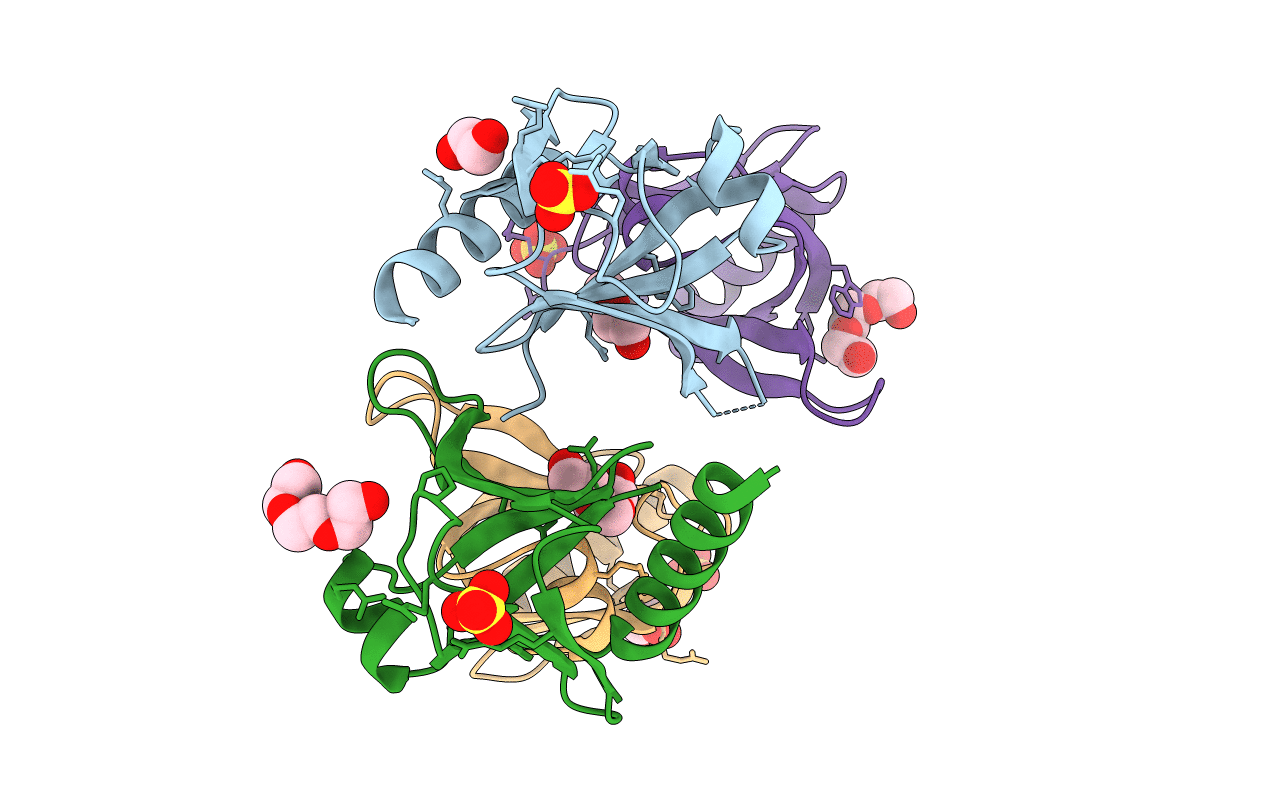
Deposition Date
2007-07-26
Release Date
2008-01-08
Last Version Date
2023-12-13
Method Details:
Experimental Method:
Resolution:
1.60 Å
R-Value Free:
0.22
R-Value Work:
0.18
R-Value Observed:
0.19
Space Group:
C 1 2 1


